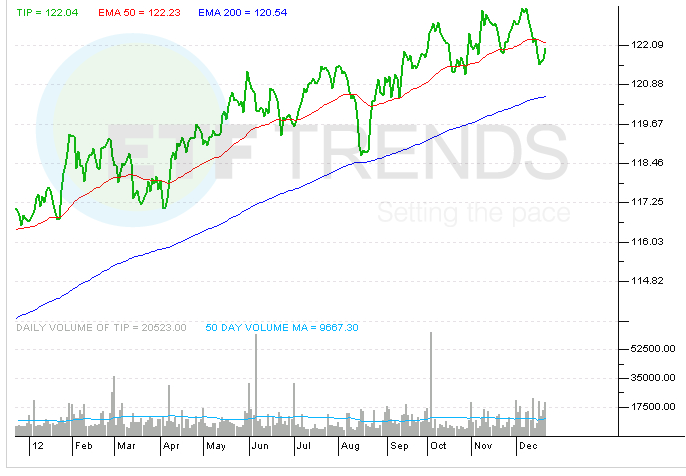Government Bond Funds and Inflation Protection Funds
Post on: 23 Апрель, 2015 No Comment

By MoneyRates Team | Money Rates Columnist
Government bond funds provide a way for investors to hold a portfolio of income-producing debt securities without the expense and increased risk of buying individual bonds. Investors who are interested in bond funds have many different choices. Corporate bond funds, municipal bond funds and high-yield bond funds are just a few of the different types of mutual funds that invest in bonds.
Investors who compare bond funds should keep in mind that the funds with the highest yields are not always the safest funds. When an investor searches for the best CD rates or the highest rates on savings accounts. they know that all bank deposits are protected by FDIC insurance up to the insurance limit of $250,000. The presence of deposit insurance levels out the risk when comparing different banks and rates.
Investors evaluating bond funds can’t rely on FDIC insurance. Instead, they need to factor in potential price swings, interest-rate sensitivity, prepayment risk and default risk to make an informed decision. Each bond fund can be quite different from the next. Automatically investing in the highest-yielding fund can be dangerous.
Government bond funds
Government bond funds are a category of funds that invest primarily in U.S. government securities. These funds provide investors a safer bond fund alternative than many other types of bond funds. The creditworthiness of the U.S. government itself decreases the default risk in comparison to funds that invest in low-grade bonds, international bonds, commercial paper, municipal bonds or corporate bonds.
The rate of return on a government bond fund is determined by changes in the price (net asset value) of the fund and by the value of the distributions that are paid out by the fund. The interest rate decisions of the Federal Reserve can directly affect the price of short-term government bond funds, while the prices of long-term government bond funds are typically driven by market forces.
The duration of a government bond fund is the weighted average of the time to maturity for the bonds held in the portfolio. In general, government bond funds with shorter durations will experience less interest rate sensitivity and volatile price swings. If inflation picks up, bond funds are forecast to have more moderate returns. Always check a fund’s prospectus for complete information regarding fees, expenses, holdings and investment goals before investing.
Short-term government bond funds
Short-term government bond funds invest primarily in U.S. government securities with maturities of less than five years. These securities may include Treasury bills. notes, bonds, mortgage-backed securities issued by government lending agencies and other Treasury securities with maturities less than five years. Cash instruments including money market accounts. money funds and CDs can also be used by portfolio managers.
Short-term government bond funds are typically less volatile to interest rate changes than intermediate or long-term government bond funds.
Intermediate-term government bond funds
Intermediate-term government bond funds are funds that primarily invest in U.S. government securities that may include Treasury bills, notes, bonds, mortgage-backed securities issued by government lending agencies and other Treasury securities with maturities typically ranging between five and 10 years.
Long-term government bond funds
Long-term government bond funds are funds that primarily invest in U.S. government securities with maturities 10 years and longer. Bond fund holdings may include Treasury bonds, mortgage-backed securities issued by government lending agencies and other Treasury securities with longer maturities. Many long term government bond funds seek to provide investment results that outperform the Long Treasury Bond Index. Funds in this category typically offer higher yields, but will also usually be more interest-rate sensitive.
Inflation-protection funds
Inflation-protection funds are funds that are target the rate of inflation in the U.S. economy. Inflation-protection funds are designed for investors seeking inflation protection in their portfolios. Rates of return are expected to correspond to the general increases and decreases in inflation in the U.S. economy, but can vary from fund to fund as portfolio managers choose different inflation strategies. Taxes on both income and principal adjustments (CPI increases) can apply.
As always, check with an adviser regarding the suitability of an investment before you purchase it.














